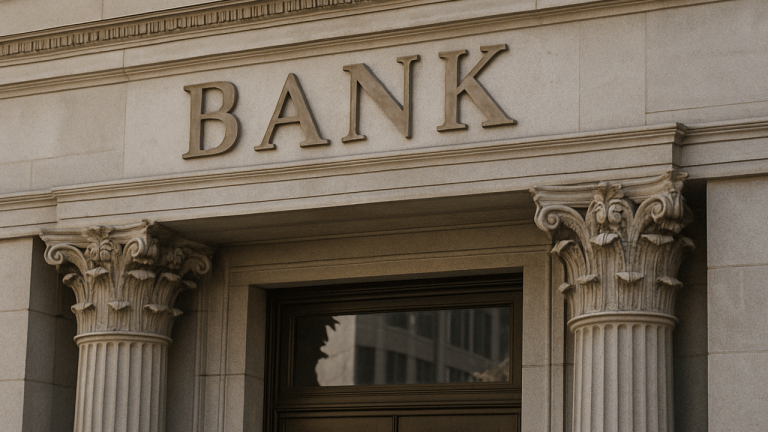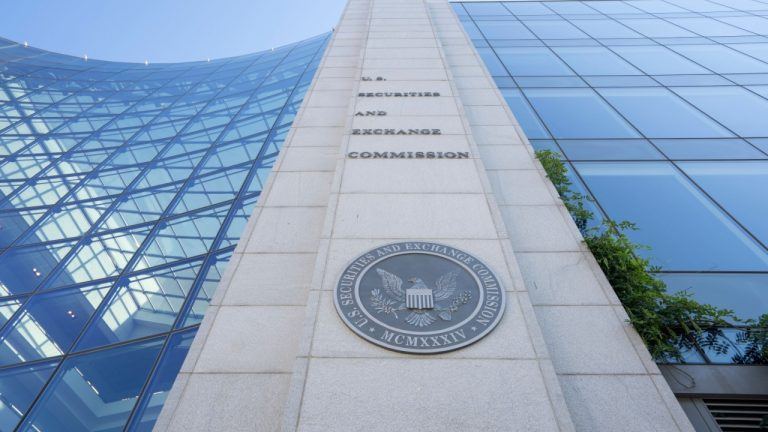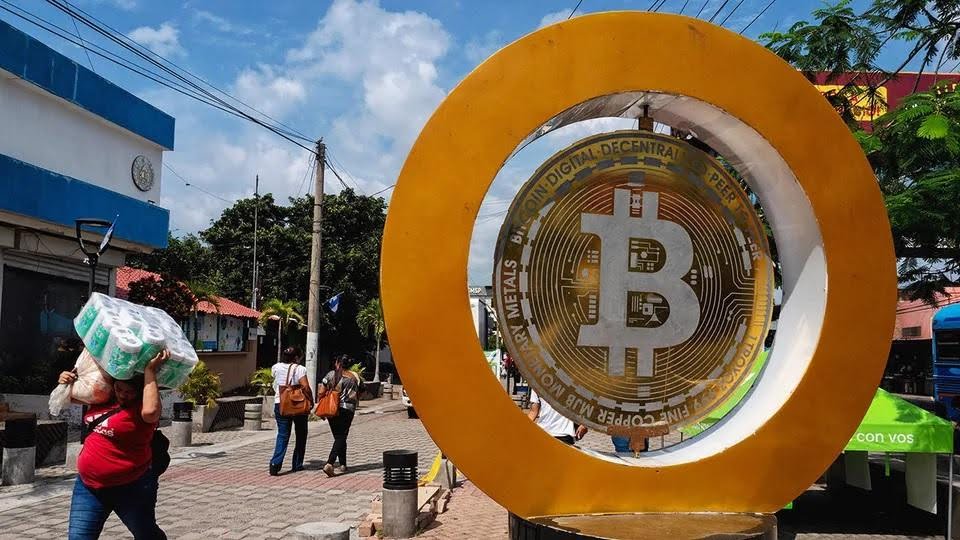In its New York subsidiary, the U.S. Federal Reserve (Fed) completed the first test of Project Cedar, the initiative testing a central bank digital currency (CBDC). The New York Innovation Center (NYIC) carried out this first phase and highlighted the potential for digital assets and blockchain technology to improve legacy payment rails.
According to a report published by the NYIC, an entity created to research this CBDC, or “Digital Dollar,” is developing a “technical framework for a theoretical” implementation of this digital asset. Created in partnership with the Bank for International Settlements Innovation Hub (BISIH), the research center focused on a wholesale application of the CBDC.
The NYIC classified this first test phase as successful, per the report. The test was live for a 12-week period and leveraged blockchain technology to settle a transaction on a simulated FX market. This phase studied whether digital assets can “deliver fast and safe payments” for a lower settlement cost.
Peter von Zelowitz, Director of the New York Innovation Center, stressed the importance of cross-border payment for the global economy. Digital assets and blockchain technology are a solution to improve upon this system. Zelowitz said:
Project Cedar Phase I revealed promising applications of blockchain technology in modernizing critical payments infrastructure, and our inaugural experiment provides a strategic launch pad for further research and development regarding the future of money and payments from the U.S. perspective.
What Fed Discovered During First Digital Dollar Test
According to the report, the legacy financial rails can settle a wholesale transaction for the FX market in over 48 hours. The “Digital Dollar” tested by the New York Fed was much faster and could reduce counterparty and credit risk while providing institutions with more freedom and resources to allocate elsewhere.
As seen in the chart below, the NYIC settled a transaction in an average of 15 to 10 seconds. These results are a significant improvement over traditional settlement methods.

In addition to its fast transactions, the test revealed that a CBDC could enable “atomic settlements,” the capacity for parties to settle a transaction simultaneously or not settle it at all. The report added the following on accessibility and security for this CBDC:
Success Of The Digital Dollar First Test Might Lead Nowhere(…) design enabled payments on a 24/7/365 basis and supported objectives related to interoperability by enabling transactions across homogeneous ledgers networks representing a variety of financial institutions, including central and private sector banks.
This first phase of Project Cedar operated between the New York Fed and several counterparties in separate and “homogenous” ledgers. In the future, the research center will conduct further testing on the design and interoperability of this implementation.
In its first phase, the CBDC operated under an unspent transaction output (UTXO) ledger, used by Bitcoin and other cryptocurrencies, with a Proof-of-Authority consensus. This design might change in future testing.

Finally, as the test is theoretical, the research center can’t guarantee its real-world application. This decision has to be made by the U.S. Federal Reserve. Talking about the future of the project, The NYIC concluded:
As part of its continued wCBDC research, the NYIC will explore questions related to interoperability and ledger design, including how to achieve concurrence and best enforce atomic transactions across different blockchain-based payment systems.

You can get bonuses upto $100 FREE BONUS when you:
💰 Install these recommended apps:
💲 SocialGood - 100% Crypto Back on Everyday Shopping
💲 xPortal - The DeFi For The Next Billion
💲 CryptoTab Browser - Lightweight, fast, and ready to mine!
💰 Register on these recommended exchanges:
🟡 Binance🟡 Bitfinex🟡 Bitmart🟡 Bittrex🟡 Bitget
🟡 CoinEx🟡 Crypto.com🟡 Gate.io🟡 Huobi🟡 Kucoin.




















Comments